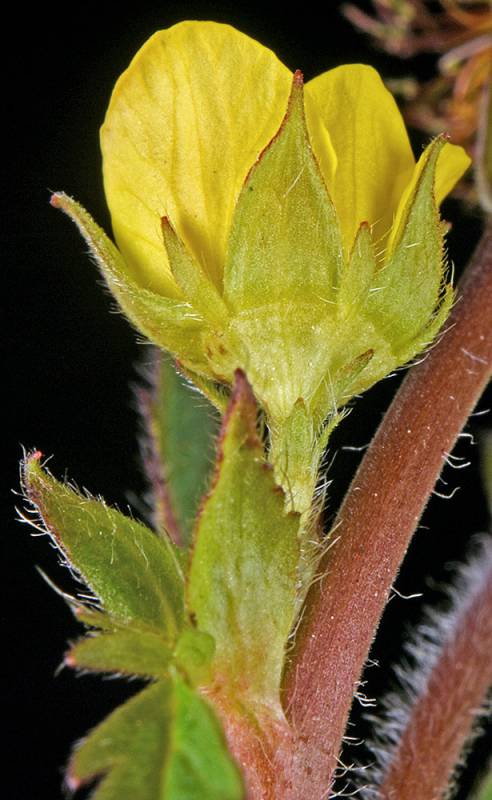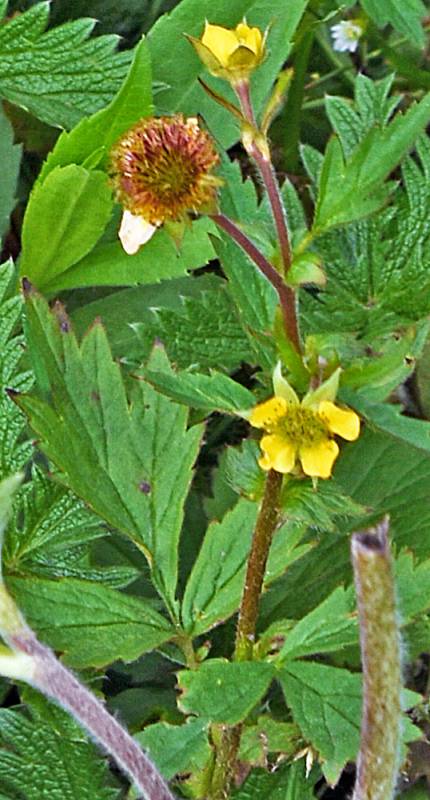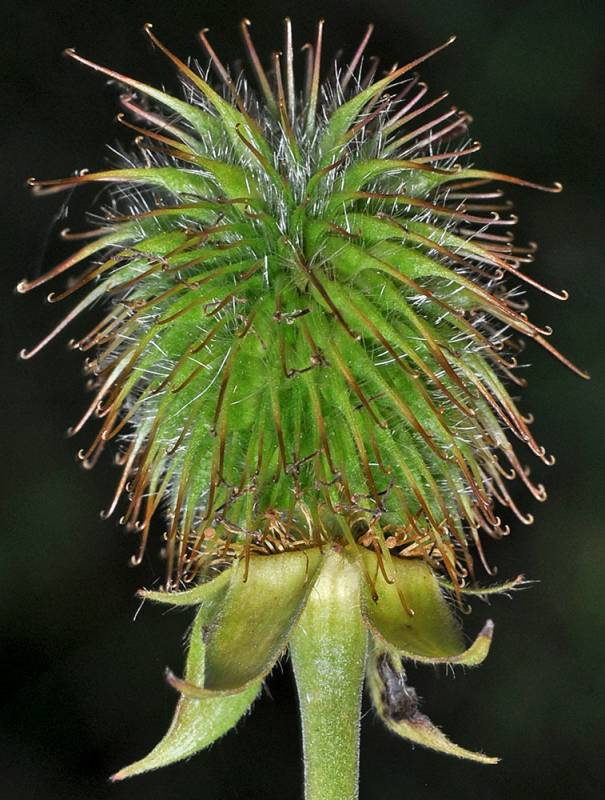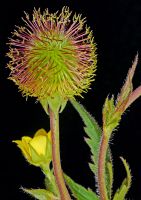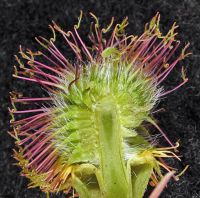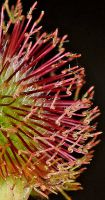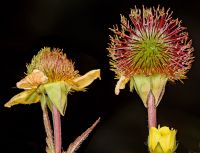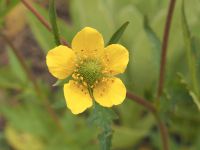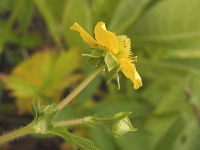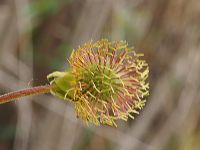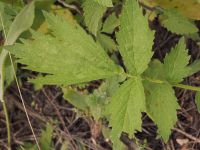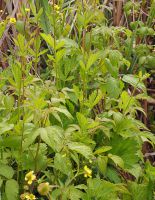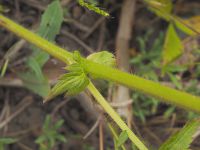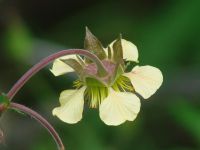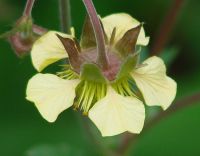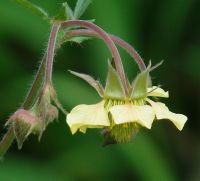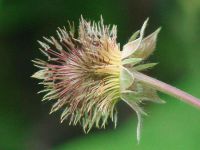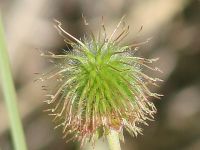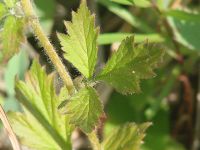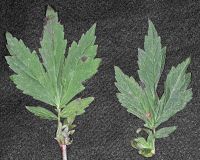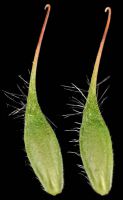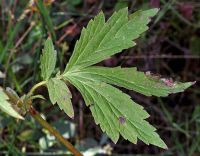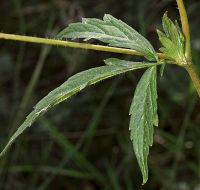Distribution: Occurring east of the Cascades crest in Washington; Alaska to California, east across Canada and the U.S., except the south-central and southeast regions, to the Atlantic Coast.
Habitat: Shores, streams, damp thickets, damp forests, wet meadows, and peatlands.
Flowers: June-July
Origin: Native
Growth Duration: Perennial
Conservation Status: Not of concern
Pollination: Self-pollination, bees, flies
Perennial herb from a short rhizome, the several stems up to 1 m. tall, puberulent below and becoming short and stiff-hairy above, the hairs spreading.
Basal leaves several, long-petiolate, the blades oblong-obovate in outline, up to 15 cm. long, lyrate-pinnatifid, the main segments 5-9, obovate with a wedge-shaped base, strongly cleft and double-toothed, the terminal segment lobed over half its length; cauline leaves several, the lower ones pinnatifid, with large, leaf-like stipules, the upper only 3-lobed.
Flowers several in a leafy-bracteate, unsymmetrical cyme; tubular portion of the calyx saucer-shaped, 3-4 mm. long; calyx lobes 5, reflexed, 5-8 mm. long; petals yellow, spreading, slightly longer than the sepals; stamens 60-100; pistils numerous; styles abruptly bent above mid-length, of 2 distinct segments, the lower segment glabrous, brownish, 4.5 mm. long, persistent and hooked, the upper segment hairy, 1.5 mm. long, deciduous.
Achenes flattened, elliptic, 3-4 mm. long
Publication: Icon. Pl. Rar. 1: 10, pl. 93. 1786.
Geum aleppicum Jacq. var. strictum (Aiton) Fernald
Geum strictum Aiton
Geum strictum Aiton var. decurrens (Rydb.) Kearney & Peebles
PNW Herbaria: Specimen records of Geum aleppicum in the Consortium of Pacific Northwest Herbaria database
WA Flora Checklist: Geum aleppicum checklist entry
OregonFlora: Geum aleppicum information
E-Flora BC: Geum aleppicum atlas page
CalPhotos: Geum aleppicum photos

